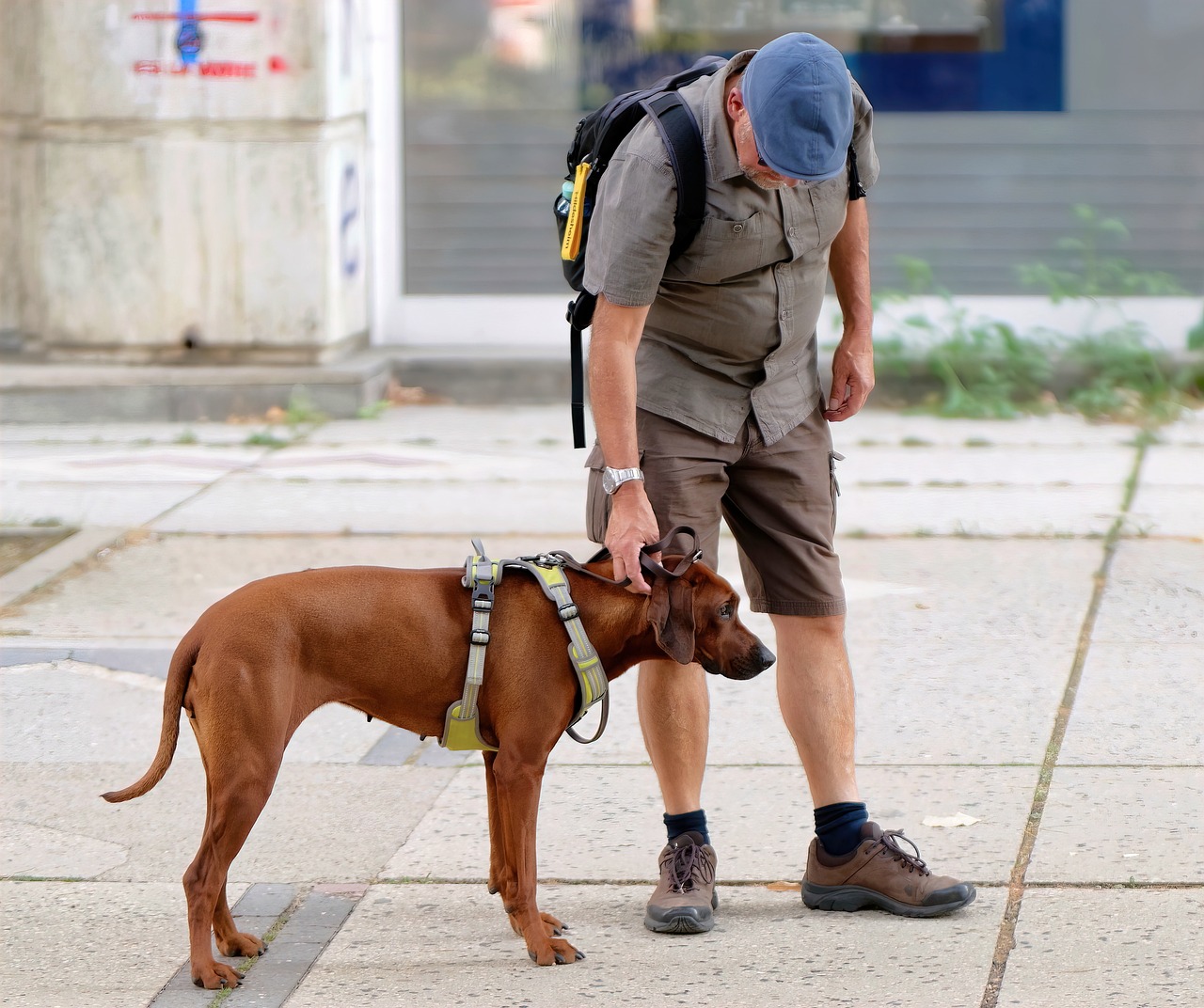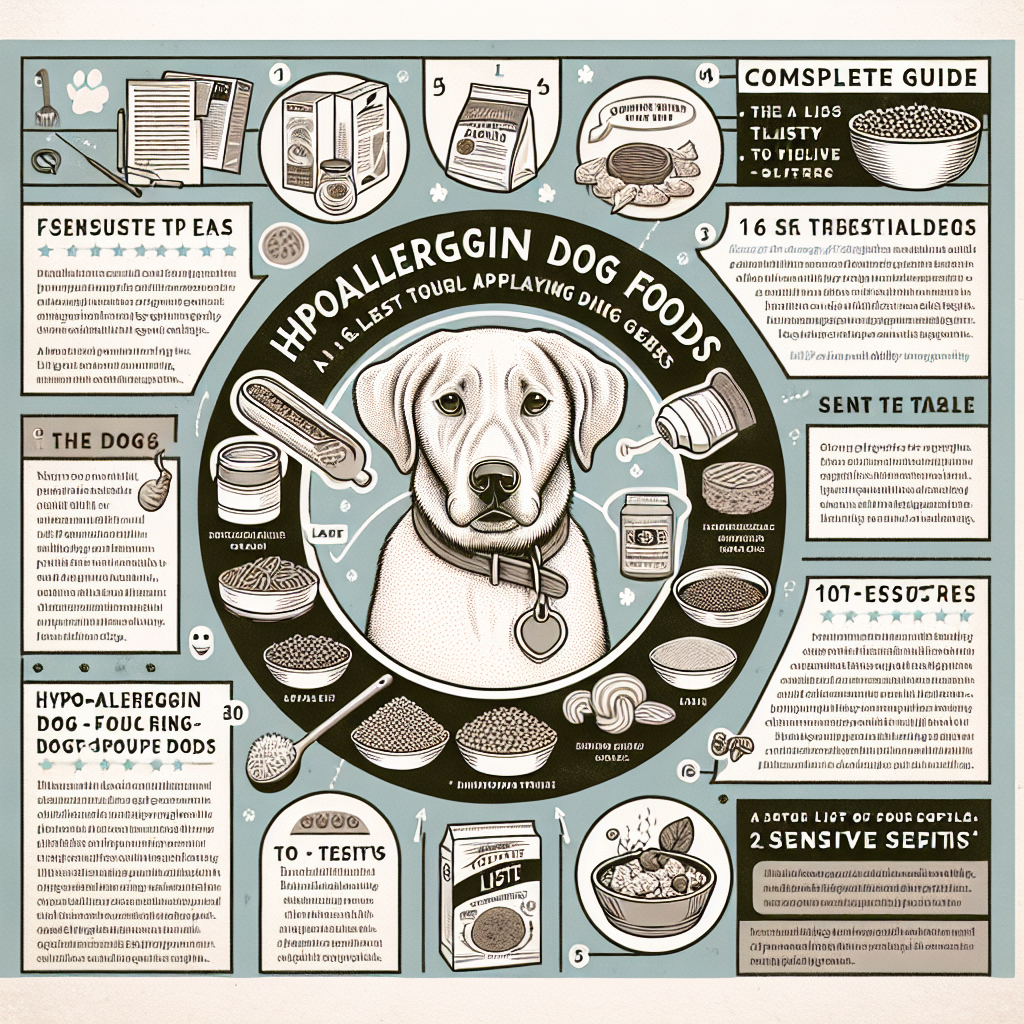
Training your dog is an integral aspect of responsible pet ownership. Mastering essential dog commands sets the foundation for a well-behaved and content canine companion. Whether you’re a first-time dog owner or looking to refine your training skills, this comprehensive guide will help you understand the importance of basic commands and how to effectively teach them.
Why Training is Crucial for Your Dog’s Well-Being
Establishing a Strong Bond
Training strengthens the bond between you and your dog. Through consistent communication and clear commands, your dog learns to rely on and trust you. This mutual understanding fosters a deeper connection and ensures that your canine companion feels secure.
Ensuring Safety
Simple commands like "Sit," "Stay," and "Come" can prevent dangerous situations. In case of emergencies or unexpected scenarios, these commands can protect your dog from harm.
Enhancing Mental Stimulation
Well-structured training routines keep your dog mentally stimulated. Intelligent breeds especially benefit from challenges that engage their minds and satisfy their natural curiosity.
Promoting Good Behavior
A dog that understands commands is less likely to develop behavior problems such as excessive barking, jumping on guests, or chewing on furniture. Training instills discipline and helps your dog differentiate between acceptable and unacceptable behavior.
Key Principles of Effective Dog Training
Consistency is Key
Consistency in commands, gestures, and rewards is critical. Use the same word for each command every time to avoid confusion. Ensure all family members are on the same page to maintain uniformity.
Patience and Persistence
Training takes time and effort. Be patient and persistent. Keep sessions short and positive, and never resort to punishment. Positive reinforcement is far more effective in building a trusting relationship with your dog.
Reward-Based Training
Dogs respond well to rewards. Treats, praise, and playtime are excellent motivators. When your dog successfully follows a command, immediately reward them to reinforce the behavior.
Start Early
The sooner you start training, the better. Puppies are like sponges, eager to learn and adapt. However, even older dogs can learn new tricks with the right approach and a bit of patience.
Keep It Fun
Training should be a fun and enjoyable experience for both you and your dog. Mix training with play and keep the sessions upbeat to maintain your dog’s interest and enthusiasm.
Essential Commands Every Dog Should Know
Sit
The "Sit" command is one of the first and most essential commands to teach. It’s the foundation for many other commands and helps in establishing control.
How to Teach "Sit":
- Hold a treat close to your dog’s nose.
- Move your hand up, allowing your dog’s head to follow the treat and causing their bottom to lower.
- Once in the sitting position, say "Sit," give the treat, and provide affection.
Stay
The "Stay" command is crucial for your dog’s safety and self-control.
How to Teach "Stay":
- First, ensure your dog knows the "Sit" command.
- Ask your dog to "Sit."
- Open your palm in front of you and say "Stay."
- Take a few steps back.
- If they stay, reward with a treat and praise.
- Gradually increase the distance and duration.
Come
The "Come" command is essential for recall, particularly in off-leash situations.
How to Teach "Come":
- Attach a leash to your dog’s collar.
- Lower yourself to their level and say "Come," gently pulling the leash.
- When they come to you, reward with a treat and affection.
- Gradually practice without the leash in a safe environment.
Down
The "Down" command is helpful for ensuring your dog remains calm and composed in various situations.
How to Teach "Down":
- Hold a treat in your closed hand.
- Bring it close to your dog’s nose.
- Move your hand to the ground, encouraging your dog to follow.
- Slide your hand along the ground to encourage the lying down position.
- Once down, say "Down," give the treat, and offer praise.
Leave It
The "Leave It" command is vital for preventing your dog from picking up harmful or undesirable items.
How to Teach "Leave It":
- Place a treat in both hands.
- Show one closed fist with the treat inside and say "Leave it."
- Let them sniff, lick, and paw, but ignore the behavior.
- Once they stop, give the other hand’s treat and praise.
- Repeat until they immediately move away from the first fist on command.
Heel
The "Heel" command ensures that your dog walks beside you without pulling on the leash.
How to Teach "Heel":
- Start with your dog sitting beside you, on your left side.
- Hold a treat in your left hand.
- Say "Heel" and start walking, encouraging your dog to stay by your side.
- Reward with treats for maintaining the position.
- Practice regularly, gradually reducing the treats.
Advanced Training Techniques
Clicker Training
Clicker training uses a clicker to mark desired behavior followed by a reward. This method is effective because it provides instant feedback, allowing your dog to quickly understand which behavior is being rewarded.
Hand Signals
Incorporating hand signals along with verbal commands can enhance understanding and communication with your dog, especially in noisy environments or for older dogs that may have hearing issues.
Proofing Behaviors
Proofing involves practicing commands in various environments and situations to ensure your dog obeys regardless of distractions. This helps solidify your dog’s training and adapt to real-world scenarios.
Dealing with Common Training Challenges
Distraction and Focus Issues
Begin training in a quiet area with minimal distractions. Gradually introduce distractions as your dog becomes more proficient with the commands.
Stubbornness or Resistance
Identify what motivates your dog, whether it’s treats, toys, or praise. Use these motivators to encourage compliance. Be persistent and patient, and gradually increase the difficulty of the tasks.
Inconsistency Among Family Members
Ensure everyone in the household is aware of the commands and training techniques being used. Consistency from all family members is crucial for effective training.
Addressing Behavioral Issues
If your dog displays behavioral issues, consider consulting a professional trainer or behaviorist. They can provide personalized strategies to address these problems effectively.
Conclusion
Mastering essential dog commands is a rewarding experience that enhances your bond with your canine companion while promoting their safety and well-being. Consistency, patience, and positive reinforcement are the cornerstones of successful training. Remember, training is an ongoing process. Regular practice and reinforcement of commands will help maintain your dog’s discipline and responsiveness.
Ultimately, a well-trained dog is not just a joy to have but also a testament to your dedication and love for your furry friend. Happy training!
#ChatGPT assisted in the creation of this article.






